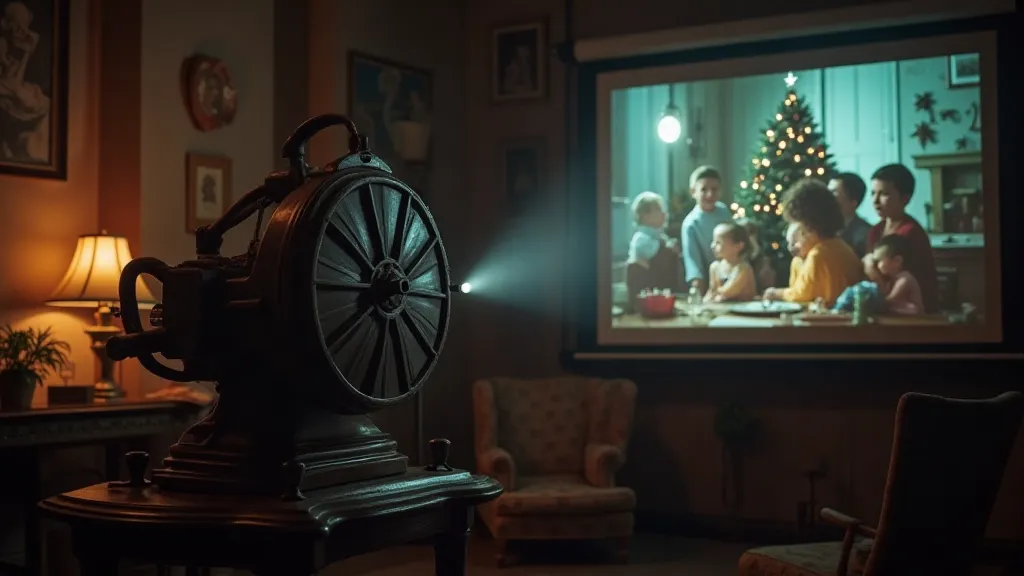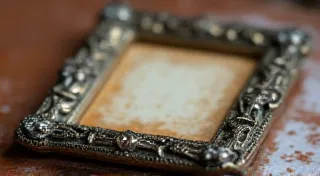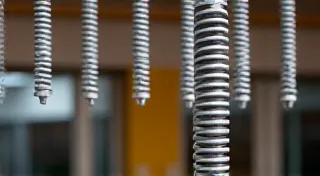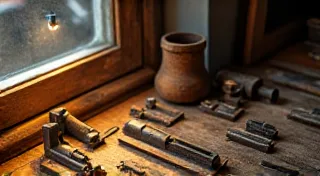The Ghost Light of Memory: Diagnosing Illumination Issues in Carousel Projectors
There's a certain magic to a carousel slide projector. It’s more than just a device; it’s a time machine, a portal to cherished moments crystallized on tiny squares of film. I remember my grandfather’s projector, a magnificent Kodak Carousel, dominating the basement rec room. The whirring of the carousel, the click of each slide advancing, the warm glow illuminating a room filled with family – those are sensations etched deep within my memory. Now, many of these beautiful machines are silent, relegated to dusty corners, their illumination dimmed, their storytelling abilities suspended. But the desire to resurrect that light, to rekindle those memories, burns brightly in those who appreciate analog photography history.
Most troubleshooting guides for vintage slide projectors stop at the obvious: "Replace the bulb." While a failing bulb *is* often the culprit, attributing every dimness or lack of light to a simple burned-out lamp is a severe oversimplification. It’s akin to assuming a vintage automobile's engine failure is always a bad spark plug. The truth is far more nuanced, a subtle interplay of aging components and optical intricacies. Before reaching for a replacement lamp, it’s vital to understand the broader ecosystem of light transmission within the projector – a system susceptible to gradual degradation over decades.

The Anatomy of Illumination: Beyond the Lamp
Understanding where the light *should* be is the first step in diagnosing why it isn't. The path of light in a carousel projector is a complex one, beginning with the lamp, passing through the condenser, reflecting off the first mirror, then the second, and finally, projecting onto the screen. Each element contributes to the final image, and any degradation along this path can significantly impact the brightness and clarity.
Let's examine the common offenders, beyond the immediate suspect of bulb failure. We’re talking about the subtle aging process that affects so many components. The lamp itself is just the starting point. Often, the problem isn’t a sudden burnout, but a gradual dimming or color shift that diminishes the vibrancy of the projected image. The characteristics of vintage lamps, and the best options for replacements, are subjects deserving of dedicated study – a deeper look at Ephemeral Radiance: Identifying and Replacing Slide Projector Lamps – A Spectrum of Choices can be quite enlightening.
The Lamp: A Delicate Aging Process
Vintage slide projector lamps, typically halogen or mercury vapor, have a finite lifespan. But even when they haven’t burned out completely, their output diminishes over time. This isn’s simply a matter of brightness; the color temperature can also shift, introducing a yellowish or greenish tint to the projected images. Many believe the early lamps were manufactured to a higher standard, utilizing purer materials that resulted in a more vibrant and accurate color representation. This difference isn't easily quantifiable but is often felt intuitively when comparing images projected by a truly well-maintained projector versus one with a newer, mass-produced replacement.
Furthermore, consider the lamp’s condition. Dust accumulation on the glass envelope can absorb a surprising amount of light. A careful cleaning, using a specialized lens cleaning solution (never abrasive!), can sometimes offer a noticeable improvement. However, proceed with caution; fragile glass envelopes can crack easily. Even a seemingly minor degradation in lamp performance can have a cascading effect on the entire projection system. The nuances of color fidelity and potential restoration techniques, however, are complex subjects that warrant further investigation.
The Condenser: A Window to Clarity
The condenser lens, responsible for focusing the light emitted by the lamp, is another critical component. Like any lens, it's susceptible to dust, grime, and even internal haze. Over decades, these imperfections can significantly reduce light transmission and blur the projected image. Cleaning the condenser lens is often a necessary, albeit delicate, procedure. Again, use specialized lens cleaning solution and a lint-free cloth, working slowly and carefully to avoid scratching the glass.
Mirrors: The Silent Degredation
Carousel projectors typically utilize two mirrors to direct the light beam towards the projection lens. These mirrors are often coated with a reflective material that can degrade over time, losing its reflectivity. This degradation isn't always immediately apparent; it’s a gradual process, leading to a slow dimming of the projected image. The coating can also become discolored or oxidized, further impacting the quality of the light. The subtle shifts in color and contrast that result from mirror degradation can be particularly challenging to diagnose.
Cleaning the mirrors is even more challenging than cleaning the condenser or the lamp. The reflective coating is incredibly delicate and easily damaged by abrasive cleaners. Often, the best course of action is to leave them alone unless you've developed a significant level of expertise in delicate optical restoration. Attempting a clean without proper experience can easily render the mirror useless.
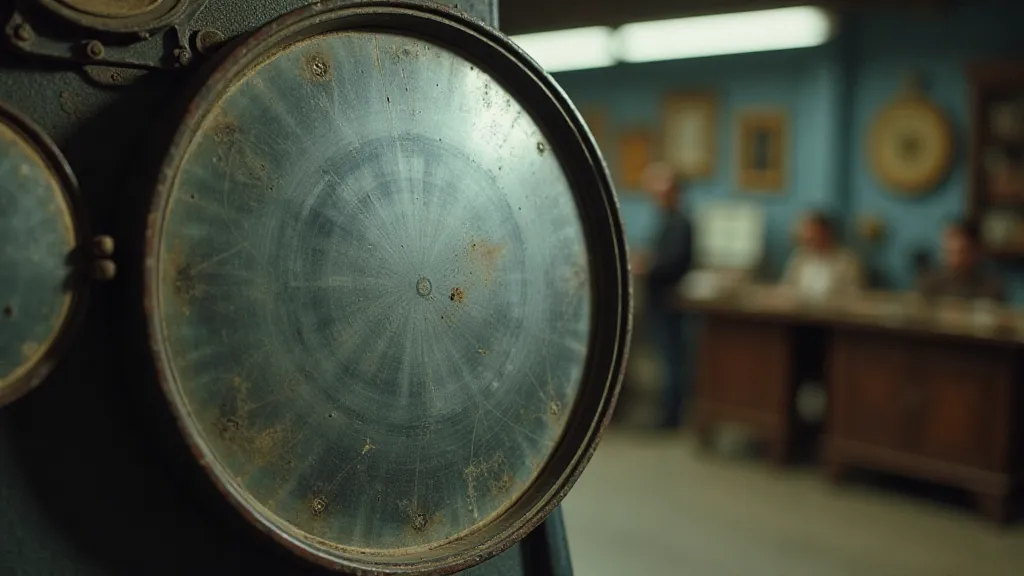
Reflector Degradation: The Lost Sparkle
Many carousel projectors utilize reflectors, often aluminum-coated, to redirect light within the optical path. These reflectors are notorious for their tendency to tarnish and oxidize over time. The oxidation forms a layer of dullness, absorbing light instead of reflecting it. A reflector that was once highly reflective can become a significant light thief, robbing the projection of its brightness.
Optical Misalignment: The Devil is in the Details
Even if all the optical components are perfectly clean and reflective, the entire system can still fail if the optics are misaligned. Carousel projectors contain a complex arrangement of mirrors and lenses, and even slight shifts in position can throw the entire projection off. This misalignment can be caused by vibrations, accidental bumps, or even the natural settling of components over time. The resulting distortions and inconsistencies in the projected image are often frustratingly difficult to diagnose, and require a keen eye and methodical troubleshooting.
Diagnosing optical misalignment requires a trained eye and a systematic approach. It involves carefully observing the projected image and identifying any distortions or inconsistencies. Adjusting the alignment typically requires specialized tools and a thorough understanding of the projector’s mechanics. The complexities of these systems, and the subtle interplay of light and shadow, can sometimes feel like A Symphony of Shadows: Understanding and Eliminating Screen Noise, requiring a patient and persistent approach.
Beyond Illumination: The Motor and Mechanical Integrity
While this article focuses primarily on illumination issues, it’s important to remember that the projector’s mechanical components also play a vital role in overall performance. A failing motor can cause inconsistent slide advancement, jerky movements, and even damage to the delicate slides themselves. Understanding the intricacies of these mechanisms, and knowing how to diagnose and repair common problems, is crucial for keeping a vintage carousel projector running smoothly. For more information on the secrets of the projector motor, see The Secret Life of Projector Motors: Repairing and Replacing Drive Motors.
A Labor of Love: Preserving a Legacy
Repairing a vintage carousel projector isn’t simply a matter of replacing parts or cleaning optics; it’s an act of preservation. It’s a way to reconnect with a bygone era, to keep alive a technology that embodies a unique blend of artistry and engineering. The craftsmanship evident in these machines is truly remarkable – the precision of the gears, the quality of the materials, the attention to detail. These projectors were built to last, and many still have the potential to deliver years of enjoyment.
The gentle whir and click of a carousel projector, casting an ephemeral dance of memories onto a screen – that’s an experience that deserves to be preserved. It’s more than just light; it's the ghost light of memory, a poignant reminder of moments cherished and stories waiting to be relived.
